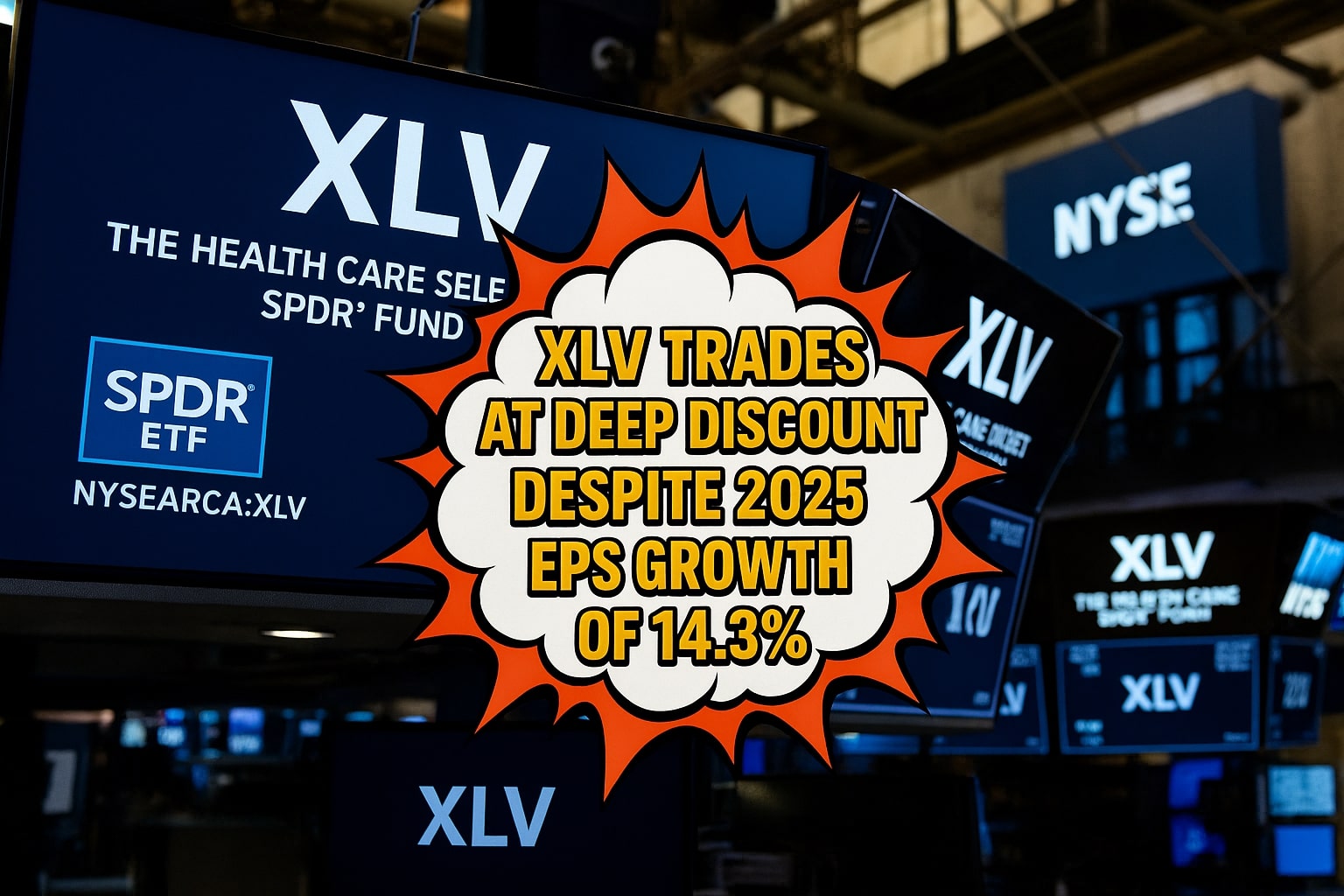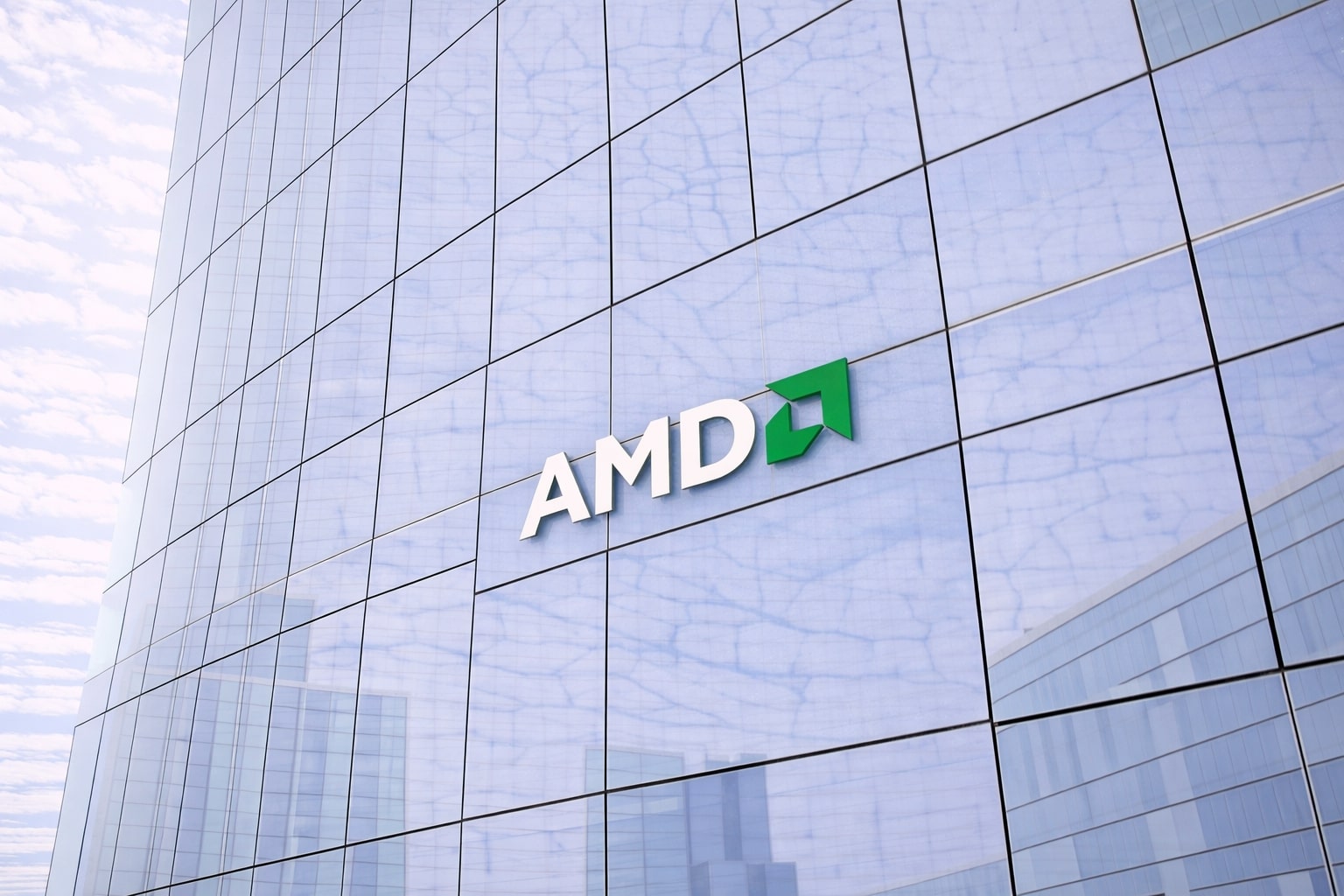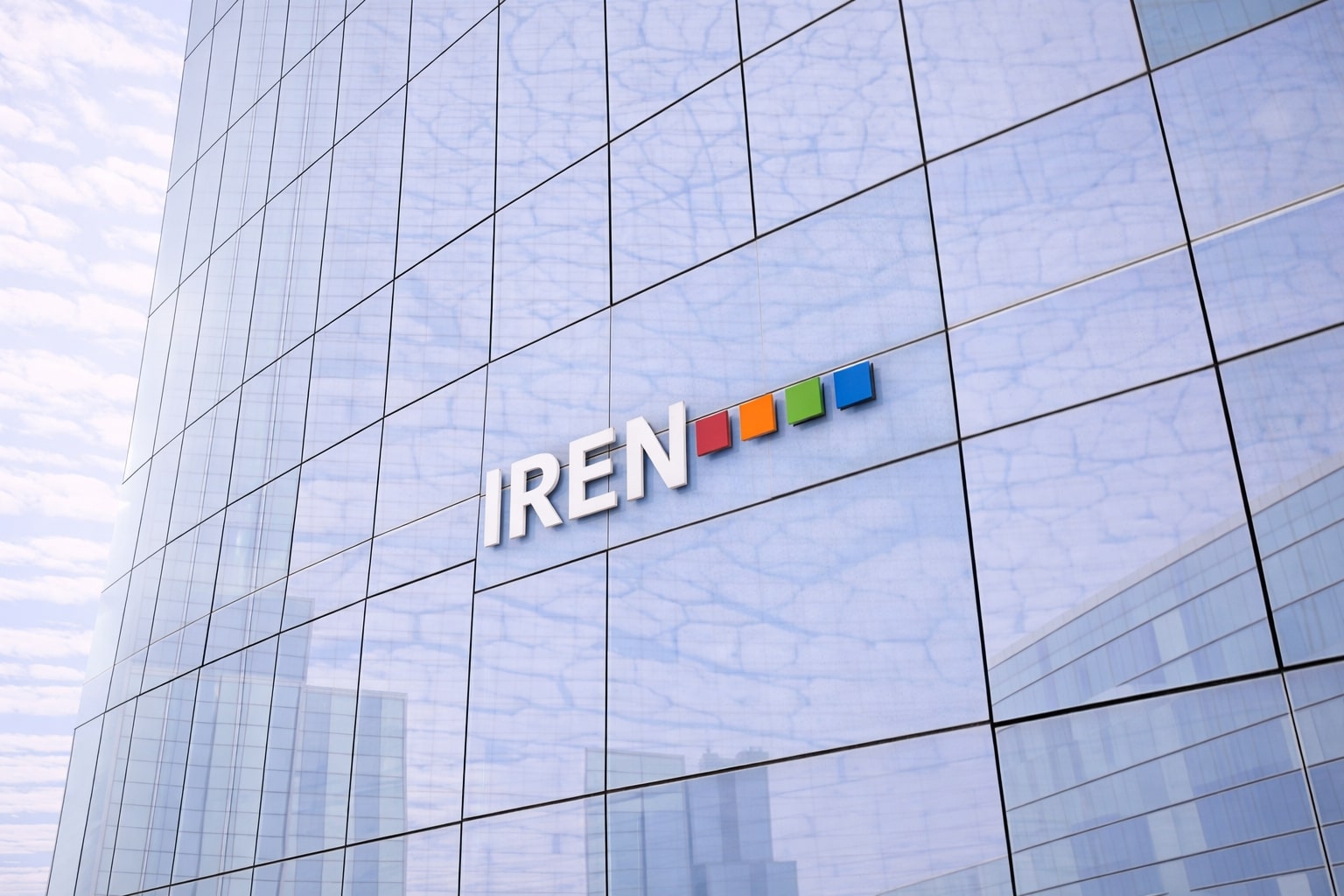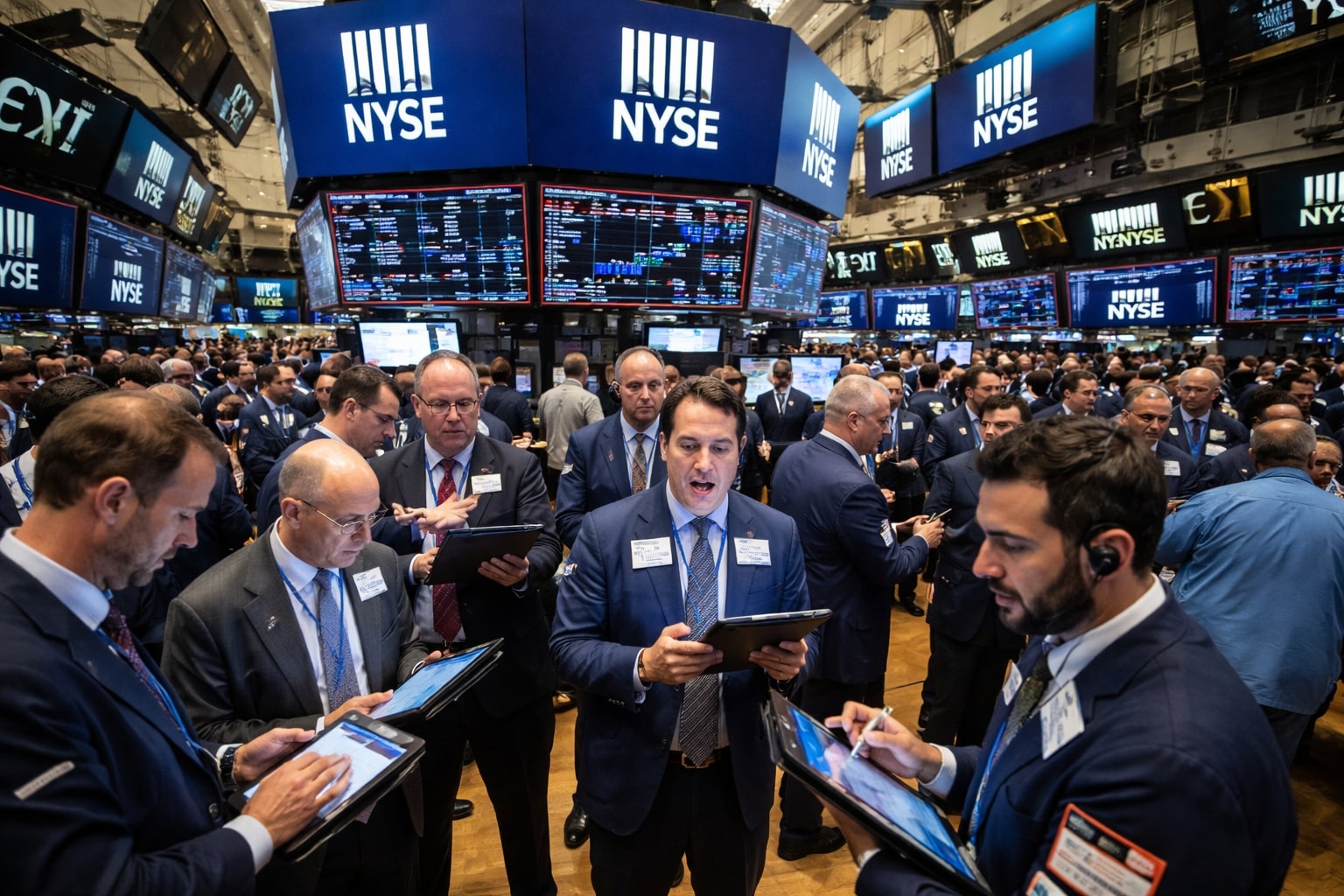
XLV ETF Jumps to $138: Pharma Strength Meets Political Risk
S&P 500’s Most Undervalued Sector Gains Momentum Despite Budget Cuts and Drug Price Crackdown | That's TradingNEWS
Healthcare Giants Undervalued: Why NYSEARCA:XLV Could Be the S&P 500's Silent Alpha
Valuation Gap Widens as XLV Trades at Deep Discount Despite 2025 EPS Growth of 14.3%
The Health Care Select Sector SPDR Fund (NYSEARCA:XLV) currently trades with a forward P/E of 16x to 17x, placing it in just the 39th percentile of the 10-year healthcare valuation range—despite FactSet projecting 2025 earnings growth of 14.3%, far ahead of the S&P 500's 9.2% estimate. This statistical mismatch has drawn attention from institutional portfolio strategists, as XLV remains one of the few earning-driven sectors of the S&P 500 trading below median valuation multiples.
Expense Efficiency and Dividend Payout Position XLV as a Long-Term Core Holding
XLV features an ultra-low expense ratio of 0.08%, the lowest among major healthcare ETFs, translating to under 1% in cost over a 10-year holding period. The fund manages $33.6 billion in AUM, and over the last year, it delivered a 1.77% dividend yield—highest in its peer group—making it a compelling choice for income-seeking investors. It also holds the second-highest 4-year average yield and ranks first in 5-year share price performance among ETFs like VHT, IBB, and IHE.
Concentration Risk or Quality Tilt? XLV's Top Holdings Show Strength and Innovation
Critics highlight XLV’s concentration in a few giants: over 37% of the ETF is held in its top five names. But this concentration reflects quality, not weakness. Companies like Eli Lilly (LLY), Johnson & Johnson (JNJ), AbbVie (ABBV), Merck (MRK), and Thermo Fisher Scientific (TMO) drive healthcare innovation and profitability. For 2025, the top ten holdings expect a median revenue growth of 7.3%, median EBITDA growth of 8.24%, and median ROE of 30.05%, reflecting capital efficiency and strong earnings visibility.
Post-COVID Recalibration and the Medicaid Risk Overhang
While the sector boomed during the COVID-19 era, 2023 and beyond saw normalization. For example, Johnson & Johnson lost significant pandemic revenue after the European Commission pulled its vaccine authorization. UNH, a major holding, plunged 49.56% in 3 months, but XLV only dropped 1.37%, showing strong diversification power. However, looming political risk remains. The U.S. government is proposing a $930 billion cut to Medicare, Medicaid, and ACA funding over the next 10 years—a potential 18.98% reduction based on 2023 spending. Trump’s executive order mandating 59–90% drug price cuts poses a serious margin threat to pharmaceutical revenue.
AI Integration and R&D Drive Future Upside for XLV Holdings
AI is a significant tailwind across XLV’s portfolio. LLY is integrating machine learning into drug discovery, while Abbott (ABT) uses predictive algorithms in cardiovascular diagnostics. The number of U.S.-filed healthcare patents climbed 26.5% between 2016 and 2025, and biopharmaceutical patents rose 67.7%. With AI enhancing speed and accuracy in treatment development, healthcare firms are poised to boost innovation output and regulatory approval rates. That directly benefits XLV's price stability and long-term upside.
Biotech and Life Sciences Expansion Add Tail Risk and Optionality
XLV allocates 17.64% to biotech and 9.05% to life sciences tools and services, which gives it exposure to high-CAGR growth pockets. The biotech market is forecasted to grow at a 13.96% CAGR (2024–2030), while hospital equipment and life sciences markets are projected to grow 12.25% and 10.21% CAGR respectively. These segments provide tailwinds beyond core pharmaceuticals and are expected to offset short-term volatility from regulatory pressures.
Income and Defensive Characteristics Underpin GARP Opportunity
Despite its reputation as a value sector, XLV exhibits GARP traits: double-digit EPS growth potential, high ROEs, and defensive cash flows. As volatility increases in tech and energy, XLV presents a rare mix of income, growth, and downside protection. Analysts note the gap between earnings and price performance is growing, with the ETF trading near its technical bottom of $132. A weekly close above $138 could mark the start of a breakout above the 200-week moving average.
Tracking Error Still Elevated But Outweighed by Structural Strength
One red flag remains: XLV's 14.62% tracking error over the past year, versus a peer median of 7.87%. Even over a five-year span, the error remains at 11.25%. This could cause divergence from the S&P 500 Healthcare index during volatile periods. However, many institutional allocators are willing to tolerate this in exchange for XLV's liquidity, scale, and blue-chip stability.
Verdict on NYSEARCA:XLV: BUY Rating Reinforced by Discounted Valuation, Growth Trajectory, and Dividend Resilience
With AI-enhanced drug development, structural tailwinds from aging populations, and record patent output, the NYSEARCA:XLV ETF presents a powerful case for long-term accumulation. While political risk looms large, valuation dislocation and consistent dividend delivery make this one of the most asymmetric risk-reward ETFs in the S&P 500. The combination of 14.3% EPS growth, 8.24% EBITDA expansion, and 30% ROE among top holdings reinforces a clear Buy thesis for investors seeking defensive growth.
That's TradingNEWS
Read More
-
AMD Stock Price Forecast - AMD at $223: AI GPU Ramp, CES 2026 Catalysts and the Next Move for NASDAQ:AMD
03.01.2026 · TradingNEWS ArchiveStocks
-
XRP Price Forecast - XRP-USD Near $2 as Whales Add $3.6B and ETF Inflows Top $1.18B
03.01.2026 · TradingNEWS ArchiveCrypto
-
Oil Price Forecast: Oil Near $60 Weigh Venezuela Shock Against 3.8M bpd Glut
03.01.2026 · TradingNEWS ArchiveCommodities
-
Stock Market Today - Wall Street Opens 2026; Dow 48,382, S&P 6,858 on Chip Rally, Gold Boom and Bitcoin $90K
03.01.2026 · TradingNEWS ArchiveMarkets
-
GBP/USD Price Forecast - Pound Tests 1.35 as BoE Caution Meets Soft US Dollar
03.01.2026 · TradingNEWS ArchiveForex


















